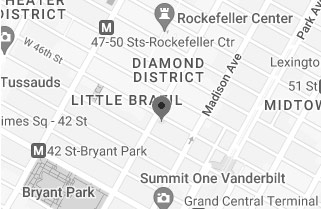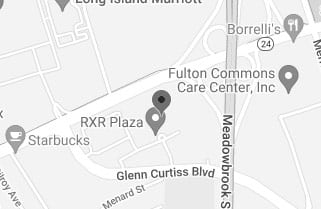In Chahalis v. Sunrise Senior Living Management, Inc., the plaintiff, Ms. Chahalis, was visiting a bedridden relative residing at the nursing home owned and operated by the defendant. During this visit, Ms. Chahalis observed that her relative appeared to be in pain so she tried to summon a nurse. When she found one, the employee accompanied Ms. Chahalis back to the relative’s room. The employee then asked Ms. Chahalis to hold one side of the relative’s bed. Suddenly and “without warning,” as per the appellate court decision, the employee began to lift the mattress and directed Ms. Chahalis to do the same. Ms. Chahalis did so, in part because she thought her relative would fall of the bed if she did not assist the staff. In the process, Ms. Chahalis aggravated a previously existing back injury. She sued the nursing home for allegedly causing this aggravation of her injury.
Ms. Chahalis lost in the lower court. The lower court found Ms. Chahalis to be a “volunteer,” and per the relevant legal standard, volunteers may not sue for injuries sustained during said volunteering. The complexity comes in deciding who is, and who is not, a volunteer in the area of tort law.
There is little New York case law on this issue, so it can be difficult to decide when someone becomes a volunteer in the eyes of the law. For example, Bernhardt v. American Railway Express Co., 218 A.D. 195 states:
There seems to be little, if any, distinction between the nature of the duty owed to a person assisting by invitation and that owed to a pure volunteer. The plaintiff, under the circumstances here, cannot place himself in a better legal position than the servant with whom he works. The master is no more liable to him for the servant’s negligence than he would be to the servant for the plaintiff’s negligence. The defendant had no knowledge of the situation which arose, and could not well have anticipated what happened. The servant, by invitation would impose no new or greater obligation on the master than that which the master owed to him.
The key issue is not, in fact, that Ms. Chahalis willingly agreed to assist the employee. Rather, the issue is who Ms. Chahalis decided to sue: the nursing home itself, and not the employee she assisted. In tort law, there is a concept known as master-servant, which is closely related to the issue of what’s called “respondeat superior.” In essence, this doctrine makes employers liable for the torts of their employees. Respondeat superior affords an individual wronged in tort the additional remedy of seeking damages from the employer, and not merely the employee who individually committed the tort.
This concept functions somewhat differently if an employee asks you to do something and you do it. This “breaks the causal chain,” in legal speak, between the actions leading to your injury and the potential liability of the employer. This doctrine is not used very much in case law, which is what makes Chahalis v. Sunrise fairly unique.
As mentioned earlier, Ms. Chahalis lost in the lower court. On appeal, the Second Department reversed. Unfortunately, the Second Department does not go into great detail as to why the defendant failed to establish that Ms. Chahalis was a volunteer as a matter of law, so we are left to guess. Here, Ms. Chahalis claimed that she only began lifting the bed because it seemed like her relative would fall off, and not because she was asked to. If her actions were caused only by the latter, she’d most likely be a legal volunteer – someone who was asked to do something, and complied. But because Ms. Chahalis managed to introduce some ambiguity as to whether this was the case (lifting the mattress simply to help her relative) her lawsuit will be allowed to proceed to the trial phase.
Chahalis v Sunrise Senior Living Mgt., Inc., 2014 NY Slip Op 03971




